
Tongli center transmission ball mill uses large double-row spherical roller bearings to replace conventional babbitt alloy lubricated bearings. The bearings with improved technology have long service life, good sealing, easy disassembly and cleaning, and are equipped with manual dry oil station for regular refueling. The bearings are in a good lubrication state, which is simpler and more reliable than the thin oil lubrication system of sliding bearings. The center transmission system is located in the middle of the cylinder and adopts large modulus gear transmission with an efficiency of up to 95%. There are hollow shafts at both ends of the cylinder, and the diameter of the inlet and outlet is 0.8m, which is convenient for material transportation.
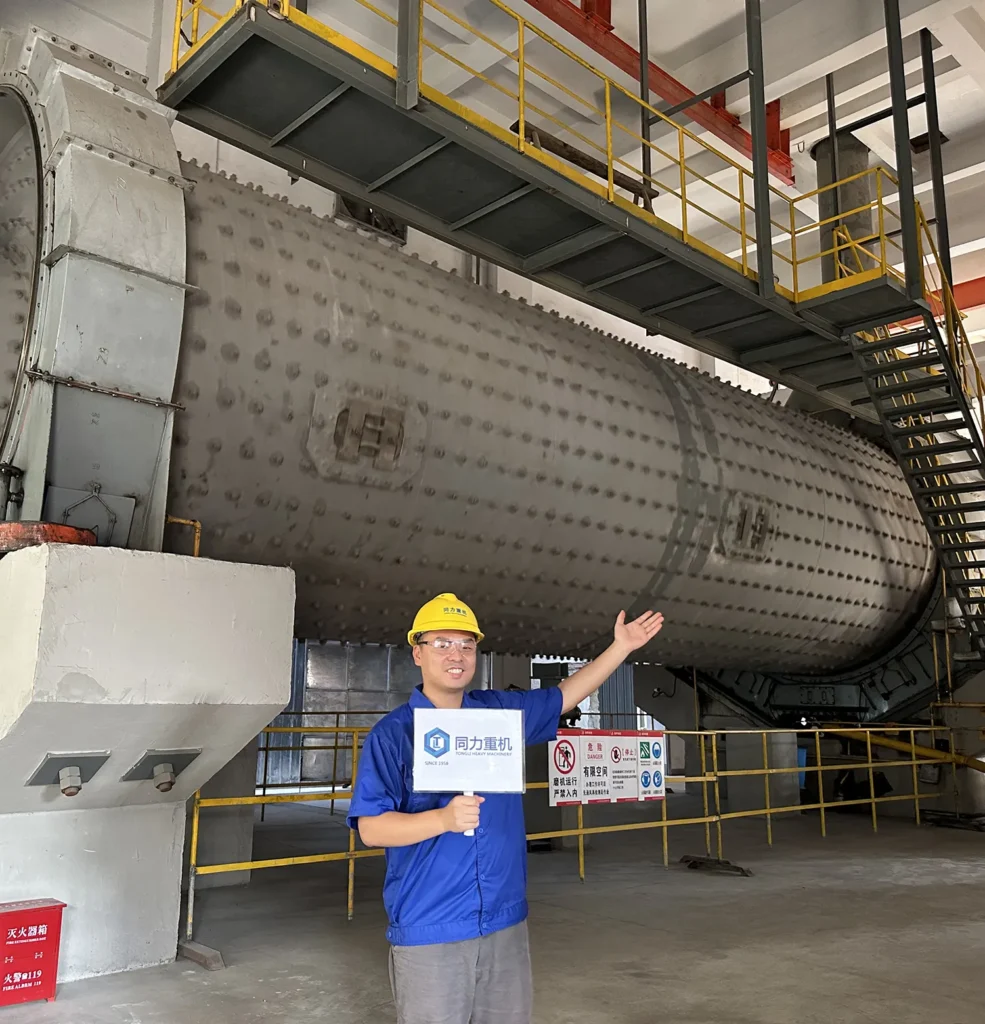
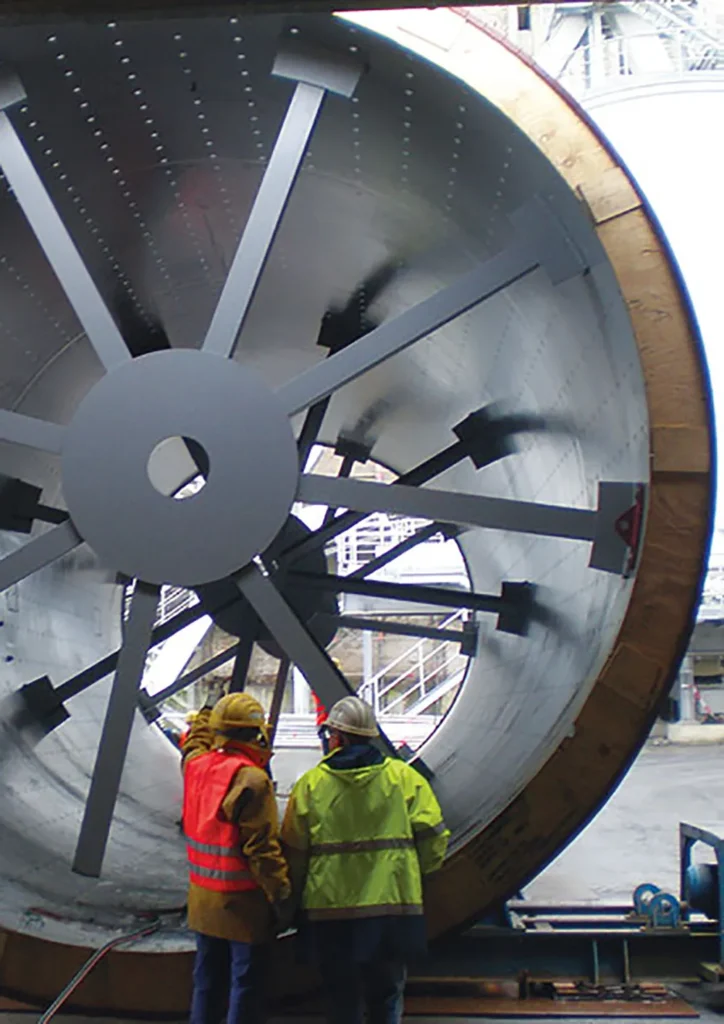
Efficient Center Drive Ball Mill Grinding Solution
A MACHINE YOU CAN DEPEND ON!
Tongli center transmission ball mill adopts center transmission design to improve transmission efficiency, run more smoothly, reduce vibration by 30-40%, and improve transmission efficiency by 3-5%. It has outstanding large-scale potential, and the cylinder diameter can reach 8.5 meters. It has a large processing capacity. The standard model can process 100-300 tons of materials per hour.
Improve the transmission efficiency to 96%, which is 7.3% higher than the traditional single-stage cylindrical gear reducer, achieving energy saving effect.
Improve the starting performance of the mill, realize the phased starting of the mill, and drive the load through the high-speed impact of the working oil and the turbine connected to the load, so as to achieve the effect of smooth starting. The hydraulic coupling can also isolate torsional vibration and impact, protecting the mill from damage such as overload.
The drive shaft of the center drive ball mill has a diameter of up to 800 mm and is forged with high-strength alloy steel. This design enables it to carry a huge transmission power of up to 12,000 kW, which is 40% higher than the traditional design. The powerful transmission capacity ensures the efficient operation of large ball mills, and can support ultra-large equipment with a cylinder diameter of more than 7 meters, meeting the needs of modern mines and cement plants for high production capacity.
| Specification | Output (t/h) | Speed (r/min) | Grinding Media (t) | Motor Power | Gearbox Ratio | Weight (t) |
| Φ1.2x4.5 | 1.7 | 30.3 | 5 | 55 | 4.481 | 13.1 |
| Φ1.5x5.7 | 4.5 | 26.34 | 11 | 130 | 4 | 25 |
| Φ1.83x6.4 | 8.5 | 23.9 | 18 | 210 | 4.5 | 35.3 |
| Φ1.83x7 | 11 | 24.5 | 20 | 245 | 4.5 | 37.2 |
| Φ2.2x6.5 | 16 | 21.4 | 28 | 280 | 5 | 48.5 |
| Φ2.2x7.5 | 16-21 | 21.4 | 32 | 380 | 5 | 53.6 |
| Φ2.4x7 | 17-19 | 20.4 | 36 | 380 | 6.33 | 78 |
| Φ2.4x8 | 24-26 | 20.3 | 41 | 475/11 | 6.33 | 82.3 |
| Φ2.4x12 | 35-38 | 20 | 62 | 800/11 | 6.33/99.96 | 120.3 |
| Φ2.4x13 | 35-38 | 19.4 | 69 | 800 | 6.33 | - |
| Φ2.6x13 | 50-55 | 19.5 | 83 | 1000 | 4.5 | - |
| Φ2.8x5+3 | 36-47.8 | 18.6 | 56 | 500 | 4.5 | - |
| Φ2.8x10 | 40-48 | 19.7 | 70 | 800 | 37.5 | - |
| Φ3x7+1.8 | 44 | 18 | 76 | 780/5 | 7.1 | 125.3 |
| Φ3x9 | 28-32/50-55 | 18.34 | 78 | 1000/11 | 8/280 | 160 |
| Φ3x11 | 45-48 | 18.7 | 91 | 800 | 6.43 | - |
| Φ3x12 | 55-58 | 18 | 100 | 1250 | 41.1 | - |
| Φ3.2x9 | 65 | 17.6 | 88 | 1250 | 41.28 | 189.5 |
| Φ3.2x10 | 55 | 17.6 | 98 | 1000 | 41.5 | - |
| Φ3.5x10 | 73 | 16.8 | 118 | 1250 | - | 153.7 (excluding motor) |
| Φ3.6x7.5+2.5 | 90 | 17.3 | 125 | 1400 | 7.1 | 220 |
| Φ3.8x7.5 | 85 | 16.4 | 103 | 1400/22 | 5.6/90 | 182 |
| Φ3.8x7.5 | 90 | 17 | 103 | 1600 | - | 218 (excluding motor) |
The largest central transmission ball mill currently has a cylinder diameter of up to 7.5 meters and a length of up to 13.2 meters. This type of large-scale equipment is primarily used in large mining operations and cement plants. The cylinder is made of high-strength alloy steel, with a wall thickness of up to 120 millimeters, significantly enhancing its wear resistance and service life.
The enormous size allows for a single-machine capacity of up to 1200 tons per hour (t/h), which is about 40% more efficient than traditional ball mills. However, it is important to note that such large equipment requires significant space and a robust foundation.
With a total weight reaching up to 900 tons, the equipment necessitates specialized vibration-damping structural designs.
The main bearing of a central transmission ball mill utilizes a double-row cylindrical roller bearing with a diameter of up to 2.5 meters. This large bearing can withstand enormous radial loads and supports transmission power of up to 12,000 kW. The lifespan of the bearing typically exceeds 100,000 hours.
The bearing employs a forced circulation lubrication system, with an oil tank capacity of up to 5,000 liters, ensuring stable operation over extended periods.
A temperature monitoring system provides real-time monitoring of the bearing temperature with an accuracy of ±0.1°C. This system can immediately trigger an alarm upon detecting any anomalies, effectively preventing damage due to overheating.
The gear ring of a central transmission ball mill features a segmented design, typically divided into 8 to 12 sections. Each segment can weigh up to 15 tons, facilitating easier installation and maintenance. The gear ring is made from high-strength alloy steel with a hardness of HRC58-62, significantly enhancing its wear resistance.
The tooth profile generally adopts a 20° full-depth involute shape, with a modulus of 32-40 mm. The contact ratio between the gear ring and the pinion is ≥1.5, ensuring smooth transmission.
The gear ring is bolted to the cylinder, with each bolt having a diameter of up to 80 mm and a tightening torque of up to 3000 N·m. This design ensures that the gear ring remains securely fastened during operation.
The drive shaft of a central transmission ball mill has a diameter of up to 800 millimeters and is forged from high-strength alloy steel 42CrMo. This design enables it to handle enormous transmission power of up to 12,000 kW, which is a 40% improvement over traditional designs.
The surface hardness of the drive shaft can reach HRC52-56, and it undergoes precision machining to maintain a cylindricity error within 0.02 mm. The shaft features multiple sealing structures with a minimum gap of 0.1 mm, effectively preventing lubricant leakage and the ingress of dust.
The drive shaft typically has a service life exceeding 20 years, significantly reducing maintenance costs for the equipment.
The central transmission ball mill is equipped with advanced noise reduction systems, keeping operational noise below 85 decibels. The external surface of the drum is wrapped with 50mm thick sound-absorbing cotton, which can reduce noise by 15-20 decibels. The gear transmission section is enclosed with a noise hood that is 30mm thick, providing an additional noise reduction of 10-15 decibels.
The bearing seats use elastic supports to diminish vibration transmission, further reducing noise by 5-8 decibels. The feed and discharge ends are lined with 20mm thick rubber liners to minimize noise from material impact. The entire equipment foundation employs a vibration damping design, achieving an isolation efficiency of up to 95%.
The control room is fitted with double-layer soundproof glass, each layer being 40mm thick, ensuring that indoor noise levels are maintained below 65 decibels.
The center drive ball mill is widely used in various industries due to its unique design and high efficiency. Here are its main application areas:
Mining and Mineral Processing Industry: The center drive ball mill is commonly used for grinding and crushing ores, particularly suitable for fine grinding of metallic ores such as gold, silver, copper, and iron. Its high energy efficiency and stability ensure high-quality and high-yield mineral processing.
Cement Manufacturing Industry: In the cement production process, the ball mill is used for grinding raw materials and clinker to produce cement. The center drive ball mill can provide uniform grinding results, improving the quality and strength of the cement.
Chemical Industry: The center drive ball mill is used in the chemical industry for grinding various chemical raw materials, such as pigments, ceramics, and coatings. Its precise control system can ensure the particle size distribution of the materials, meeting the needs of different chemical products.
Power Industry: In the power industry, the ball mill is used for grinding coal to produce coal powder suitable as fuel. The high-efficiency grinding capability of the center drive ball mill can improve the combustion efficiency of power plants and reduce energy consumption.
Building Materials Industry: The ball mill is also used for producing various building materials, such as limestone powder and gypsum powder. Its efficient grinding capability can meet the requirements for fineness and output in the building materials industry.
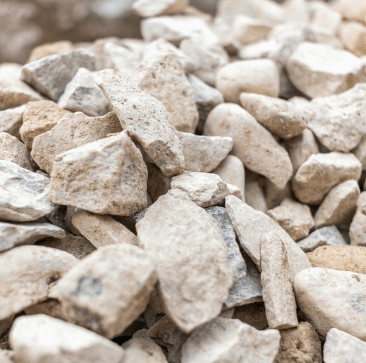
Used in jewelry and industrial materials, ball mills improve their processing accuracy.

Making ceramics and coatings, ball mills improve their physical properties.
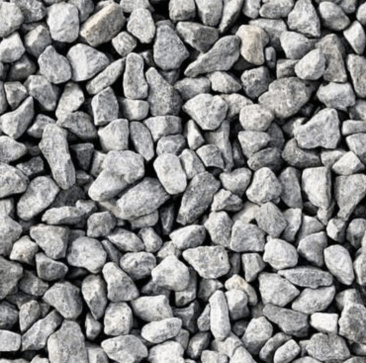
Used in building and decorative materials, ball mills can enhance their stability.
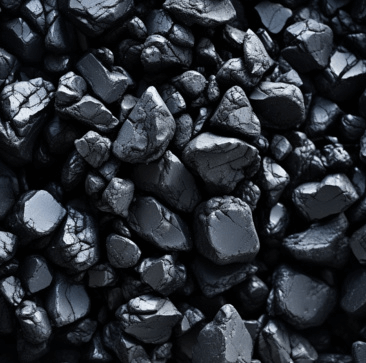
Used in construction and road engineering, ball mills improve their firmness.
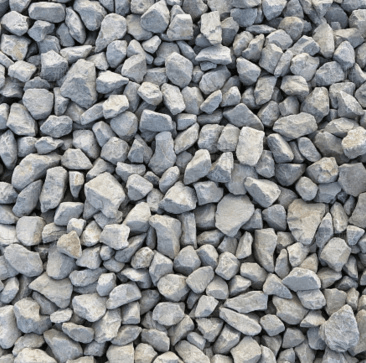
Used in water treatment and catalysts, ball mills improve their adsorption performance.

Used in decoration and handicrafts, ball mills can improve their fineness.
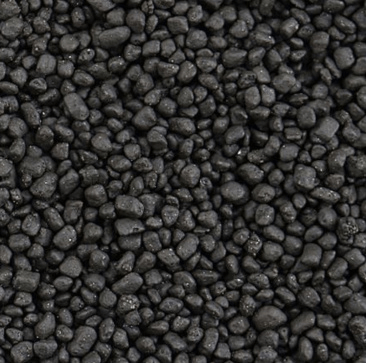
Used in extracting copper, ball mills improve their extraction efficiency.
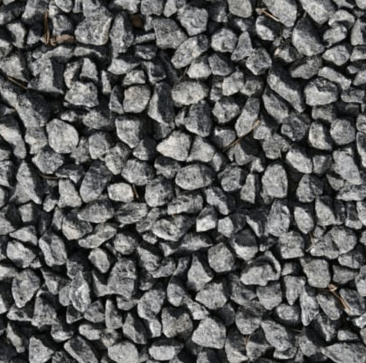
Minerals used to make nickel, ball mills can improve extraction efficiency.
You can get in touch with us through the following contact information
AddressNo. 2289 Huancheng South Road, Tongxiang, Jiaxing, Zhejiang Province, China. Zip code:314500
Please fill in the sales inquiry form and our sales representatives will be in touch shortly.